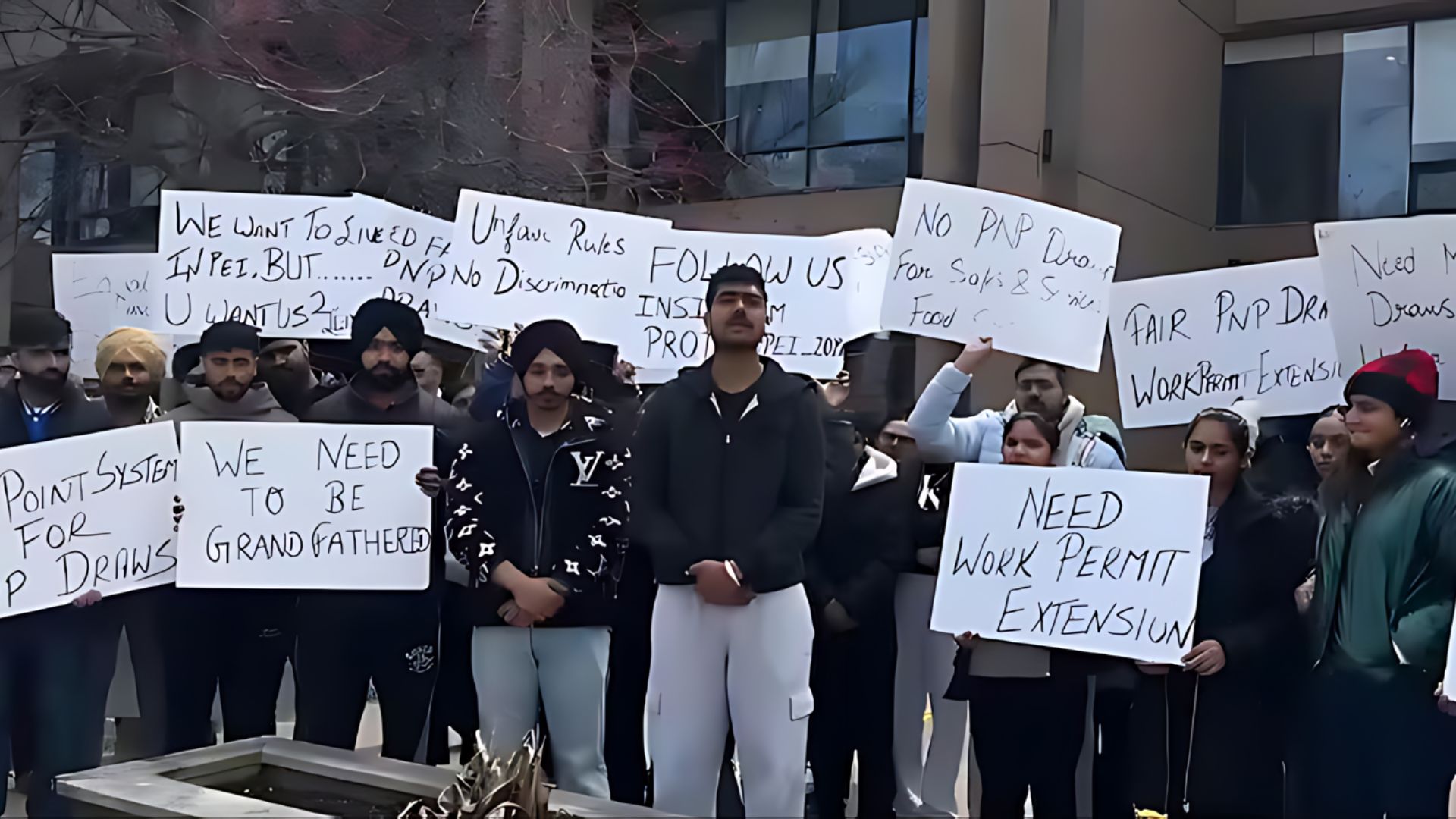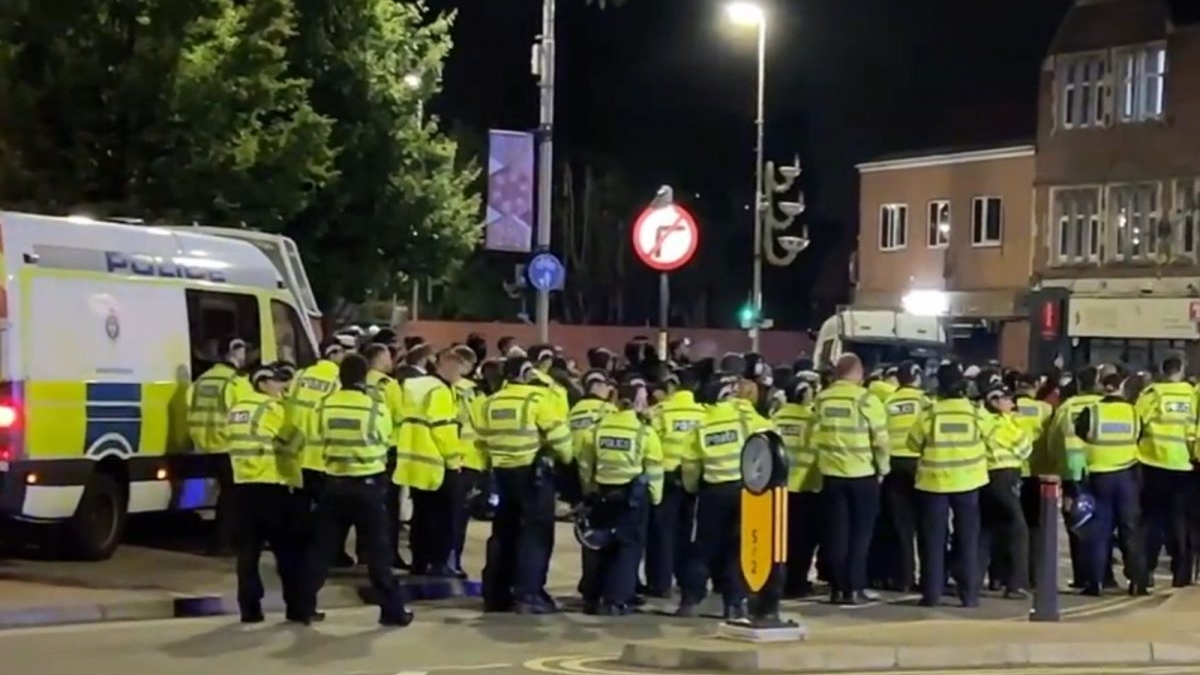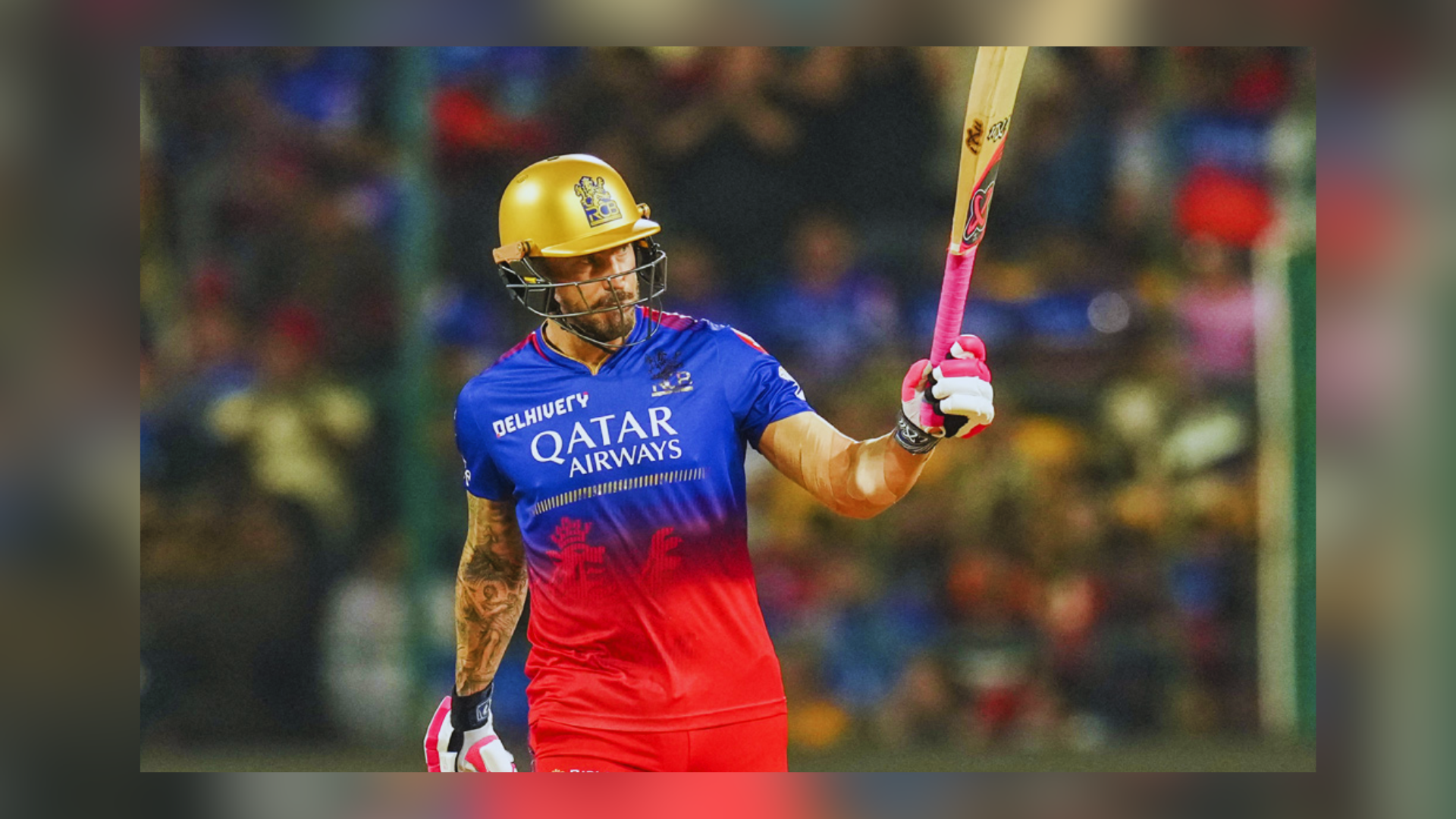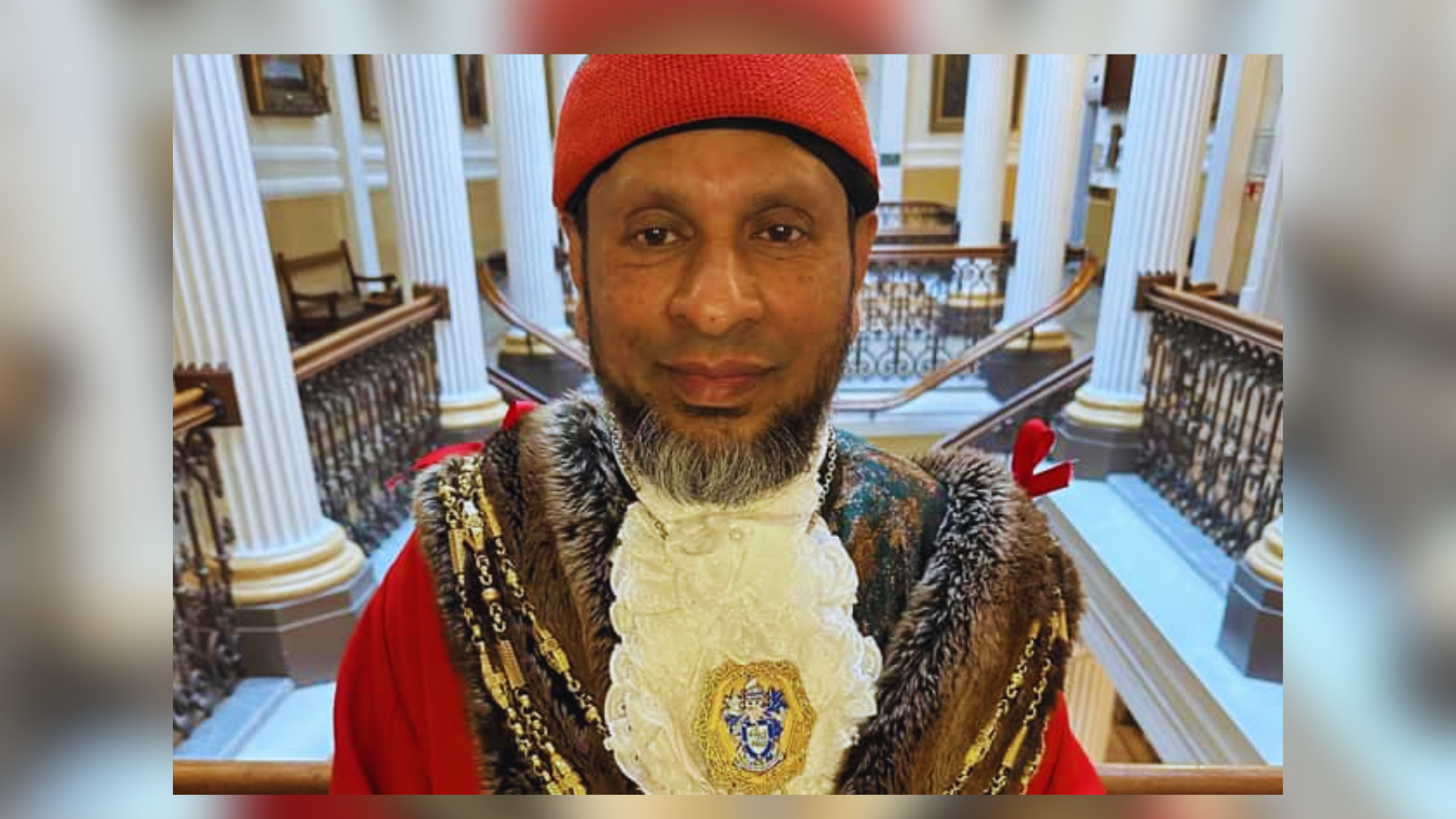










India has been home to Hindu-Muslim tussles which affect the day to day lives of the people. These tussles force shops to close shut and spout passions on accesible medium of expression.
Leicester Police has made a dozen of arrests in recent days after the “serious disorder” as defined by the authorities. Tension was raised after a cricket match between India and Pakistan in the United Arab Emirates.
Then, screaming religious anthems, a group of Hindu revivalists marched through a Muslim-dominated area of Leicester. A Hindu temple’s saffron flag was set ablaze as a Muslim mob encircled it. There were fights between the two groups all across the city.
Nearly 40% of Leicester’s population is of South Asian descent, and the city is frequently cited as an example of successful racial integration. Official declarations and media accounts of the violence have made a point to preserve that reputation even now. Some have attributed the problems to “outsiders,” particularly those from nearby Birmingham. The propagation of misinformation on social media, according to the police, stoked the rioters. Additionally, a lot of commentators have emphasised the calming power of “community leaders.”
All of those statements have some validity. However, they fail to see the bigger picture, which is that the Indian subcontinent’s sectarian politics are no longer confined to it. These divisions are becoming more and more worldwide, which breeds alienation, misinformation, political polarisation, radicalism, and violence.
Consider social media. Today, online content—and increasingly, misinformation that is created specifically for political purposes—is the main driver of political mobilisation in South Asia. This is valid for Sri Lankan Hindus, Muslims, and even Sinhala Buddhists. In fact, the subcontinent is leading the way in novel and creative developments in hate speech. Bigots are now producing their own bogus content and passing it off as “entertainment,” as opposed to renaming and retweeting fiery films.
A representative for the ruling Bharatiya Janata Party, among others, reposted a viral video that purported to depict a Muslim preacher molesting a young woman only last week. In actuality, the video was made particularly for rabble-rousing or “educational” objectives. Its portentous disclaimer stated that the scenes were fictional because “the reality is too terrible to be expressed or displayed.”
Also blurred by social media are distinctions between “insiders” and “outsiders.” Even if they aren’t neighbours, technology makes it simple for irate co-religionists to work together and encourage one another. For instance, riots in India were primarily an urban occurrence until ten years ago. Then, in 2013, the development of social media made it possible for mobs from several areas to organise a concerted attack on Muslims in rural Uttar Pradesh, forcing tens of thousands of them to flee.
The tense peace that has long existed in cities like Leicester, negotiated by local religious leaders and preserved by keeping the various populations apart, cannot endure in the modern era. If there are more Hindus in Leicester than Muslims, a provocative march will be planned in a Muslim neighbourhood. If there are more Muslims in the Midlands than Hindus, they will work together to terrorise the Hindus in Leicester. And so on until you reach the level of the entire country.
Politics as usual won’t either end the issue. Too many British politicians and bureaucrats still rely on “community leaders” with dubious viewpoints and diminishing influence, as opposed to appealing directly to minority voters. Why would a young British Asian man listen to his neighbourhood imam or pandit when he consumes media from the subcontinent that is replete with voices that are much more engrossing and explosive?
Additionally, it is far too simple for politicians to take advantage of these sectarian divisions, both in India and the UK. Former cabinet minister for law and order Priti Patel recently referred to the Conservative Party and the BJP as “sister parties.”At least one Hindu Labour MP has accused his own party of using the “divide and rule” strategy, in which Hindus, he inferred, were at the bottom of the totem pole.
The worst effect would be if Hindus and Muslims in the Midlands and the rest of the UK began to support various political parties according to their faith. The divided politics of the subcontinent would thereafter be fully adopted.
The phrase “divide and rule,” which refers to how the British are said to have ruled over a diverse and divided subcontinent for two centuries, captures the essence of the issue. Some people in the UK have been attempting to investigate how remnants of empire continue to shape some facets of national identity over the past two weeks. However, they have been unable to understand how current British policies, the state’s actions and inactions, the acceptance of ghettoised communities, and the reliance on “religious leaders” as mediators eerily mirror how the Raj previously maintained peace halfway around the world.
Hindus and Muslims in the UK cannot be allowed to live separately and harbour resentments toward one another because the modern British state cannot continue to rule distantly through community leaders. Both in South Asia and abroad, those policies are no longer effective.
Read more: Pak F-16 Package Not “Message To India” Over Its Neutrality On Russia: US









